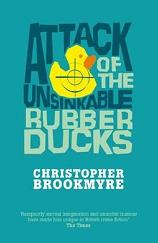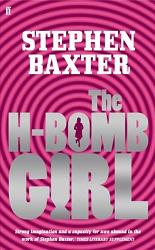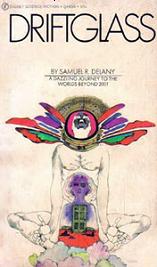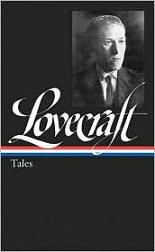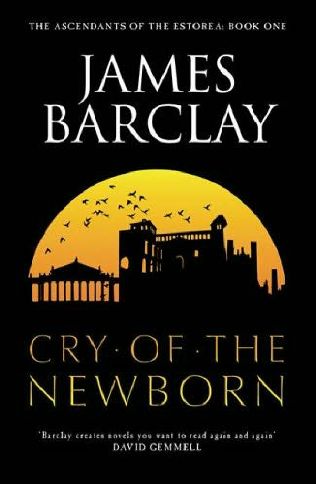
Cry of the Newborn
James Barclay
819 pages
published in 2005
James Barclay is not a writer I had heard of before I got this book out of the library. The backcover blurb sounded interesting and the frontcover sported a quote by Steven Erikson, one of my favourite fantasy writers, so while the first few pages I sampled were a bit dull I thought I’d take a chance. The library also had the sequel, but I didn’t put that one up as this was big enough already; I could always get it next time. But I don’t think I will. Erikson’s blurb said that Cry of the Newborn was “a most extraordinary and impressively ambitious novel”, but in reality it was just a bog standard epic fantasy novel. Not a bad novel by any standards, competently written certainly, but nothing special.
The story revolves around a typical fantasy prophecy, that one day humans can ascend to godhood, having the same powers as the Omniscient. This belief is however a heresy to the Order, the state church, which prosecuted and killed off all believers in this prophecy and destroyed all knowledge of it hundreds of years ago, or so it believes. The truth is otherwise, with the heretics believing in Ascendancy having gone to ground in Westfallen, a sheltered corner of the Estorian Concord where their centuries old breeding process has finally borne succes. Generation after generation managed to produce some people with special powers, but most of these powers were weak and often lost at a later age. It’s only at the start of the story that the first generation of true Ascendants is born, four children with potential powers rivaling the Omniscient itself. Cry of the Newborn is the story of their coming of age, in a time when their country is in grave peril.
